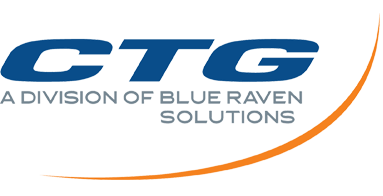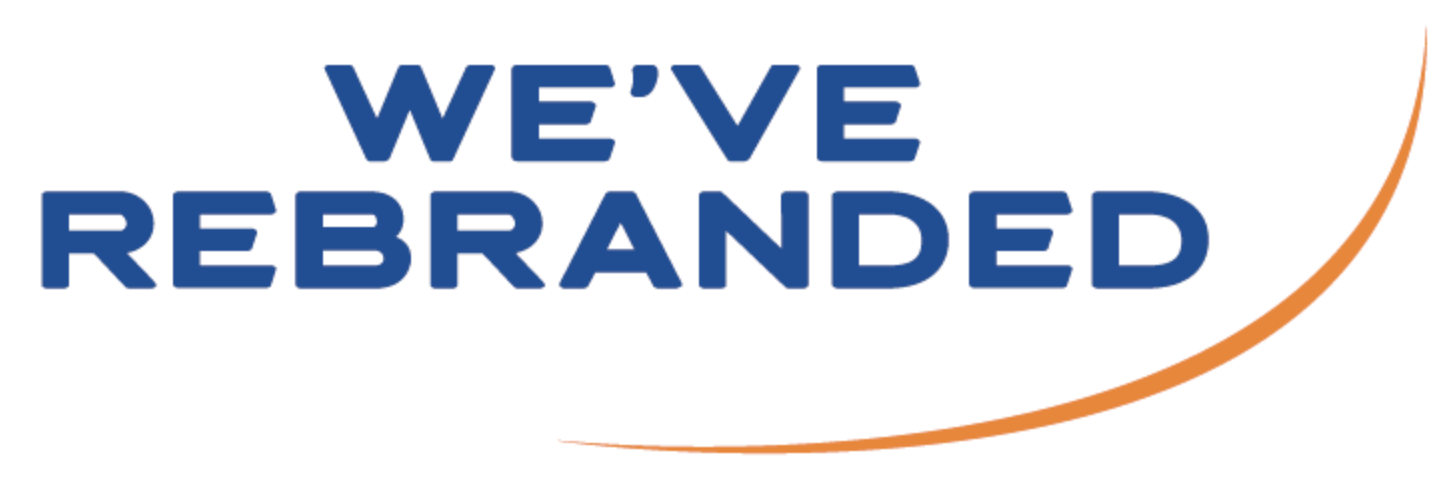
Looking for ways to increase readiness? Proactive obsolescence planning may be your answer.
Declining budgets, rapid technology advances and calculated resets are driving a transition from a reactive to proactive approach. Here are five reasons you’ll want to implement your proactive obsolescence plan right away.
- Improved inventory management and reduction in overages.
- Counterfeit risk mitigation.
- Stay on schedule and avoid delays caused by expensive redesigns.
- Accurate budget allocation early in programs.
- Overall increased readiness.
Planning for Obsolescence
STEP ONE: Bill of Material (BoM) Analysis
Each line item in a BoM has its own unique life cycle. In order to get the most accurate snapshot of a systems life cycle, each item is categorized as active, again / stable, aging / unstable, or obsolete.
Active: Material that is currently in production, inventories held by industry are being replenished by this production
Aging / Stable: Replenishment production has stopped. the only material available to fill operational demand is held in stock. available inventory exceeds industries demand planning.
Aging / Unstable: replenishment production has stopped. the only material available to fill operational demand is held in stock. available inventory has been reduced putting the customers demand planning at risk of being fulfilled.
Obsolete: Material requirements cannot be met by inventory. Only costly engineering measures such as revers engineering, 3d printing or engineering change proposals can solve this readiness issue.
STEP TWO: Course of Action (CoA) Recommendations
The above depicts a real-world example used to solve a CTG customer requirement. Upon initial analysis, it was determined there were 121 components facing an again-unstable status that required an immediate action. From that analysis, three CoAs were recommended to ensure operational continuity in the near and mid-term timeframe. Further, potential risk and the associated costs were identified for each COA. The CTG team monitored the BoM health and made recommendations along the way.
What’s your plan?
Having an obsolescence plan ensures improved performance rather than battling the alternative. CTG can help. Our obsolescence experts leverage material available in the commercial marketspace and use prudent engineering principles to make the BEST use of that material.Contact Us
CTG delivers supply chain support to Program Managers all over the world by providing industry-leading material, creative sourcing, and on-point logistics tailored to integrate with programs at any level. Have a question or need some help? Contact us.

